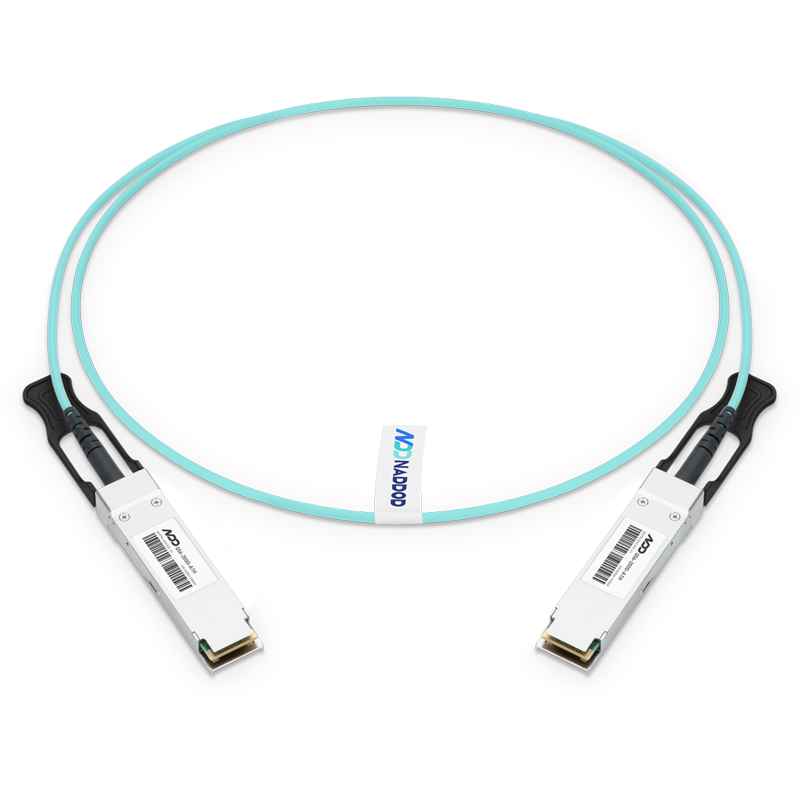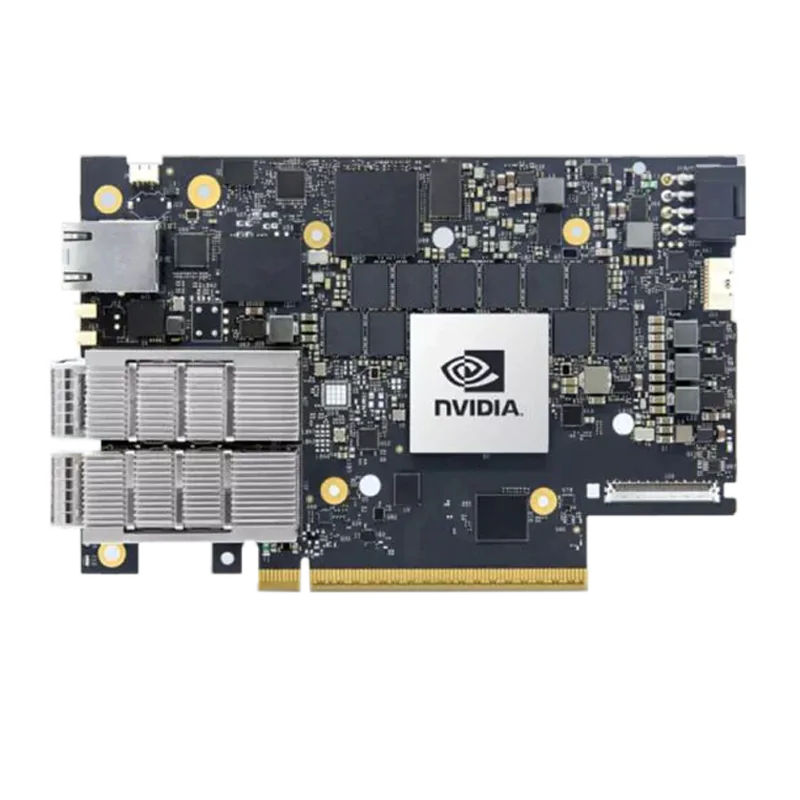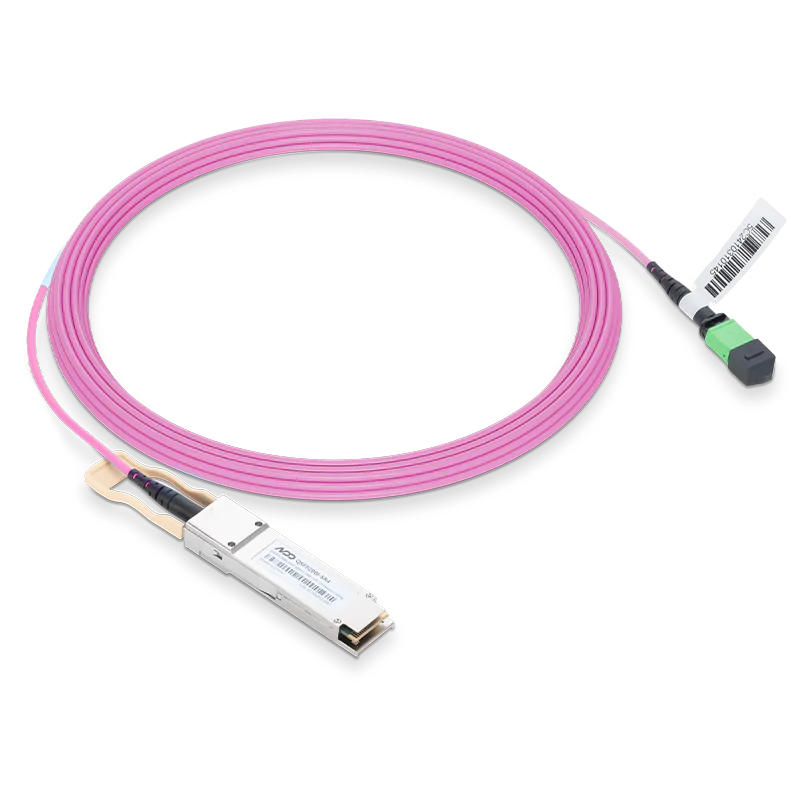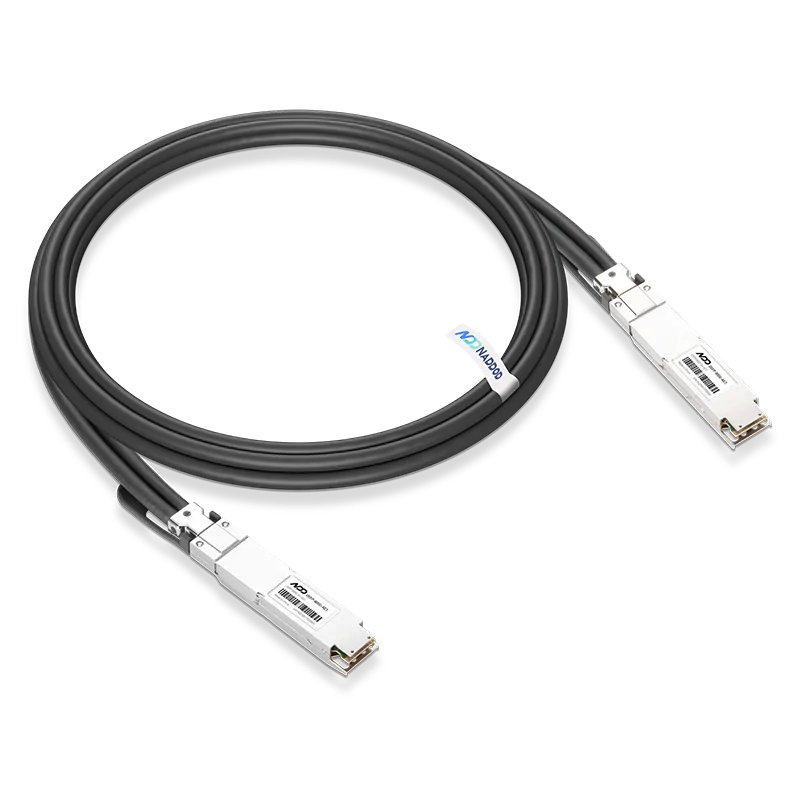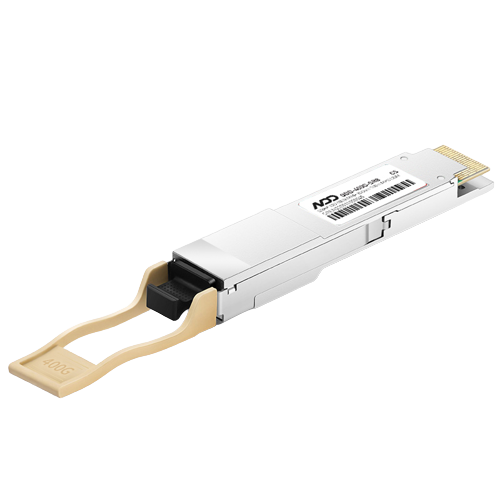Find the best fit for your network needs

share:
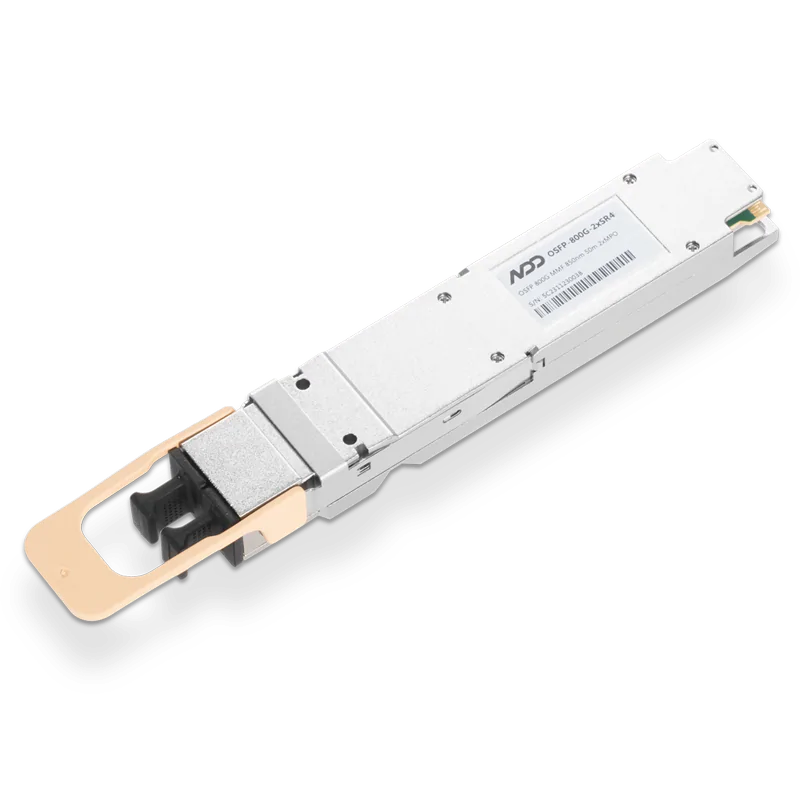 800GBASE-2xSR4 OSFP PAM4 850nm 50m MMF Module
800GBASE-2xSR4 OSFP PAM4 850nm 50m MMF ModuleLearn More
Popular
- 1Silicon Photonics for AI - Balancing Cost, Power, and Reliability
- 2NADDOD Launches 51.2T Ethernet Data Center Switches Powered by Broadcom Tomahawk 5
- 3Comparing AOC, DAC, ACC, and AEC Cables for AI and Data Center Networks
- 4Broadcom's Tomahawk Ultra: New Chip for Scale-up Ethernet
- 5Technical Analysis of GB300 Liquid Cooling





